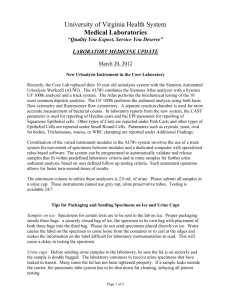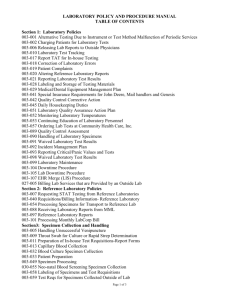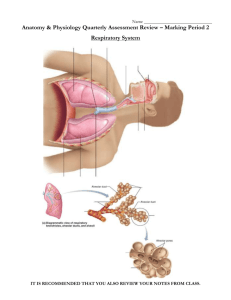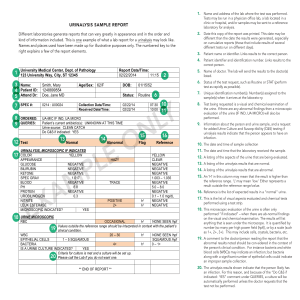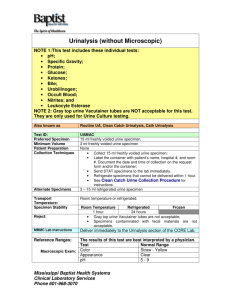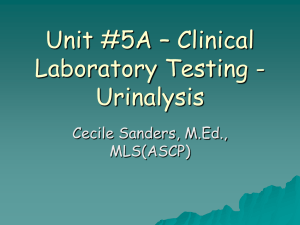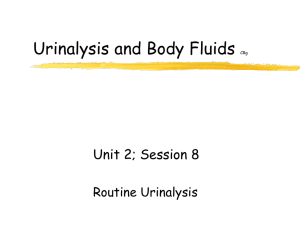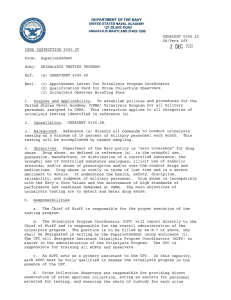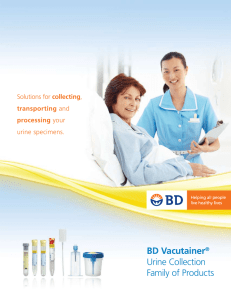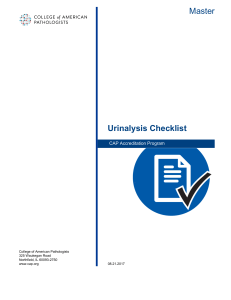case study
advertisement
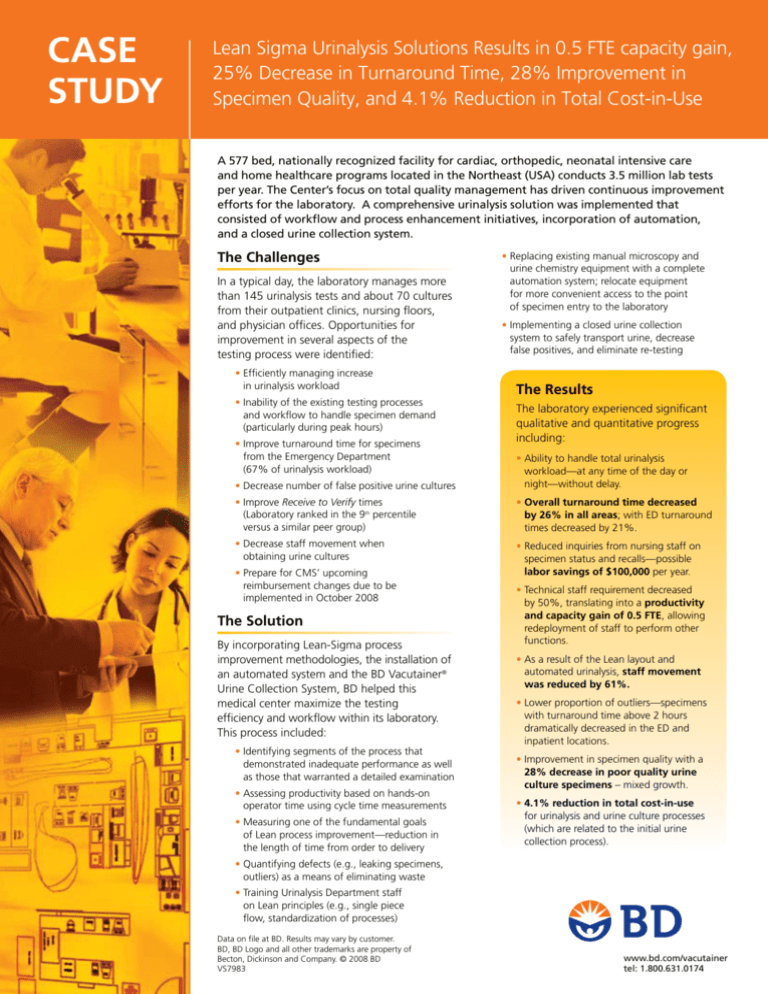
CASE STUDY Lean Sigma Urinalysis Solutions Results in 0.5 FTE capacity gain, 25% Decrease in Turnaround Time, 28% Improvement in Specimen Quality, and 4.1% Reduction in Total Cost-in-Use A 577 bed, nationally recognized facility for cardiac, orthopedic, neonatal intensive care and home healthcare programs located in the Northeast (USA) conducts 3.5 million lab tests per year. The Center’s focus on total quality management has driven continuous improvement efforts for the laboratory. A comprehensive urinalysis solution was implemented that consisted of workflow and process enhancement initiatives, incorporation of automation, and a closed urine collection system. The Challenges In a typical day, the laboratory manages more than 145 urinalysis tests and about 70 cultures from their outpatient clinics, nursing floors, and physician offices. Opportunities for improvement in several aspects of the testing process were identified: • Efficiently managing increase in urinalysis workload • Inability of the existing testing processes and workflow to handle specimen demand (particularly during peak hours) • Improve turnaround time for specimens from the Emergency Department (67% of urinalysis workload) • Replacing existing manual microscopy and urine chemistry equipment with a complete automation system; relocate equipment for more convenient access to the point of specimen entry to the laboratory • Implementing a closed urine collection system to safely transport urine, decrease false positives, and eliminate re-testing The Results The laboratory experienced significant qualitative and quantitative progress including: • Decrease number of false positive urine cultures • Ability to handle total urinalysis workload—at any time of the day or night—without delay. • Improve Receive to Verify times (Laboratory ranked in the 9th percentile versus a similar peer group) • Overall turnaround time decreased by 26% in all areas; with ED turnaround times decreased by 21%. • Decrease staff movement when obtaining urine cultures • Reduced inquiries from nursing staff on specimen status and recalls—possible labor savings of $100,000 per year. • Prepare for CMS’ upcoming reimbursement changes due to be implemented in October 2008 The Solution By incorporating Lean-Sigma process improvement methodologies, the installation of an automated system and the BD Vacutainer® Urine Collection System, BD helped this medical center maximize the testing efficiency and workflow within its laboratory. This process included: • Identifying segments of the process that demonstrated inadequate performance as well as those that warranted a detailed examination • Assessing productivity based on hands-on operator time using cycle time measurements • Measuring one of the fundamental goals of Lean process improvement—reduction in the length of time from order to delivery • Technical staff requirement decreased by 50%, translating into a productivity and capacity gain of 0.5 FTE, allowing redeployment of staff to perform other functions. • As a result of the Lean layout and automated urinalysis, staff movement was reduced by 61%. • Lower proportion of outliers—specimens with turnaround time above 2 hours dramatically decreased in the ED and inpatient locations. • Improvement in specimen quality with a 28% decrease in poor quality urine culture specimens – mixed growth. • 4.1% reduction in total cost-in-use for urinalysis and urine culture processes (which are related to the initial urine collection process). • Quantifying defects (e.g., leaking specimens, outliers) as a means of eliminating waste • Training Urinalysis Department staff on Lean principles (e.g., single piece flow, standardization of processes) Data on file at BD. Results may vary by customer. BD, BD Logo and all other trademarks are property of Becton, Dickinson and Company. © 2008 BD VS7983 www.bd.com/vacutainer tel: 1.800.631.0174
